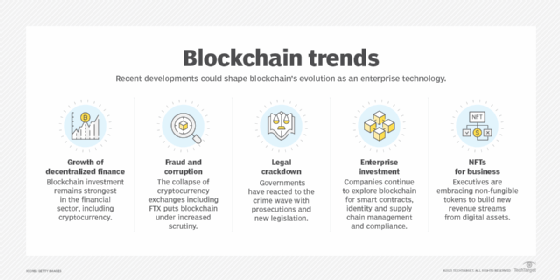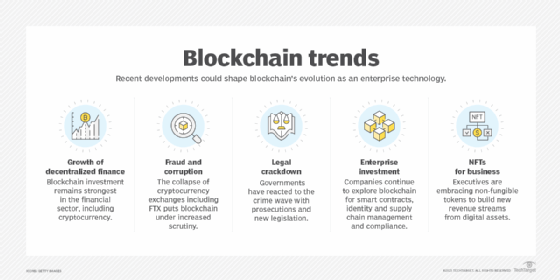Web 3.0 Trends and Predictions for 2025
While generative AI has dominated headlines, Web 3.0 technologies continue to advance, albeit at a slower pace than predicted. Despite this, several key trends are expected to shape the industry in 2025.
1. Tokenization of Real-World Assets Continues
The tokenization of assets such as real estate, commodities, and agriculture is gaining momentum. Blockchain technology is being used to track these assets, enabling greater transparency and efficiency. For instance, agriculture company Silal is working with nearly 1,000 farmers in Abu Dhabi to track food products from farm to fork.

2. Expanded Focus on Cryptocurrency
The incoming U.S. presidential administration’s pro-crypto stance is expected to bring increased attention and activity to the cryptocurrency sector. This could lead to a more favorable regulatory environment, potentially driving adoption. However, reduced regulation may also increase the risk of fraud and crime.
3. Enterprise Use of Tokenization Disappoints
Despite initial enthusiasm, enterprise adoption of tokenization for supply chain monitoring and financial applications has been slower than expected. Many brands have struggled to make NFT-based immersive experiences profitable.
4. Web 3.0 Adoption Continues to be Slower Than Predicted
Gartner has revised its Web 3.0 adoption estimates downward, predicting that 25% of enterprises will use centralized services wrapped around decentralized Web 3.0 applications by 2027. The current focus on AI efforts is likely to continue, potentially slowing Web 3.0 adoption.
5. DeFi Use Increases
Decentralized finance (DeFi) applications are gaining traction, enabling users to pay for goods and services or send money without traditional banking fees. DeFi users can borrow, lend, and trade cryptocurrencies, as well as speculate on asset prices through derivatives.
6. Stablecoins Are on the Rise
Stablecoins, digital assets tied to less volatile assets like the U.S. dollar or gold, are becoming increasingly important. They offer a more stable alternative to cryptocurrencies like Bitcoin, potentially driving more DeFi activity.
7. Blockchain Validation Continues to be Resource Intensive
The “proof of work” validation mechanism used by some blockchains is energy-intensive. However, alternatives like “proof of stake” are being adopted, reducing costs and environmental impact.
8. Content Creators Transition from Web 2.0 to Web 3.0 Platforms
Web 3.0 platforms like Substack offer content creators more control over their data and greater autonomy. This shift is expected to continue, with more creators moving away from traditional platforms owned by large tech companies.
As Web 3.0 technologies continue to mature, these trends are likely to shape the future of the internet, enabling greater decentralization, transparency, and efficiency.


